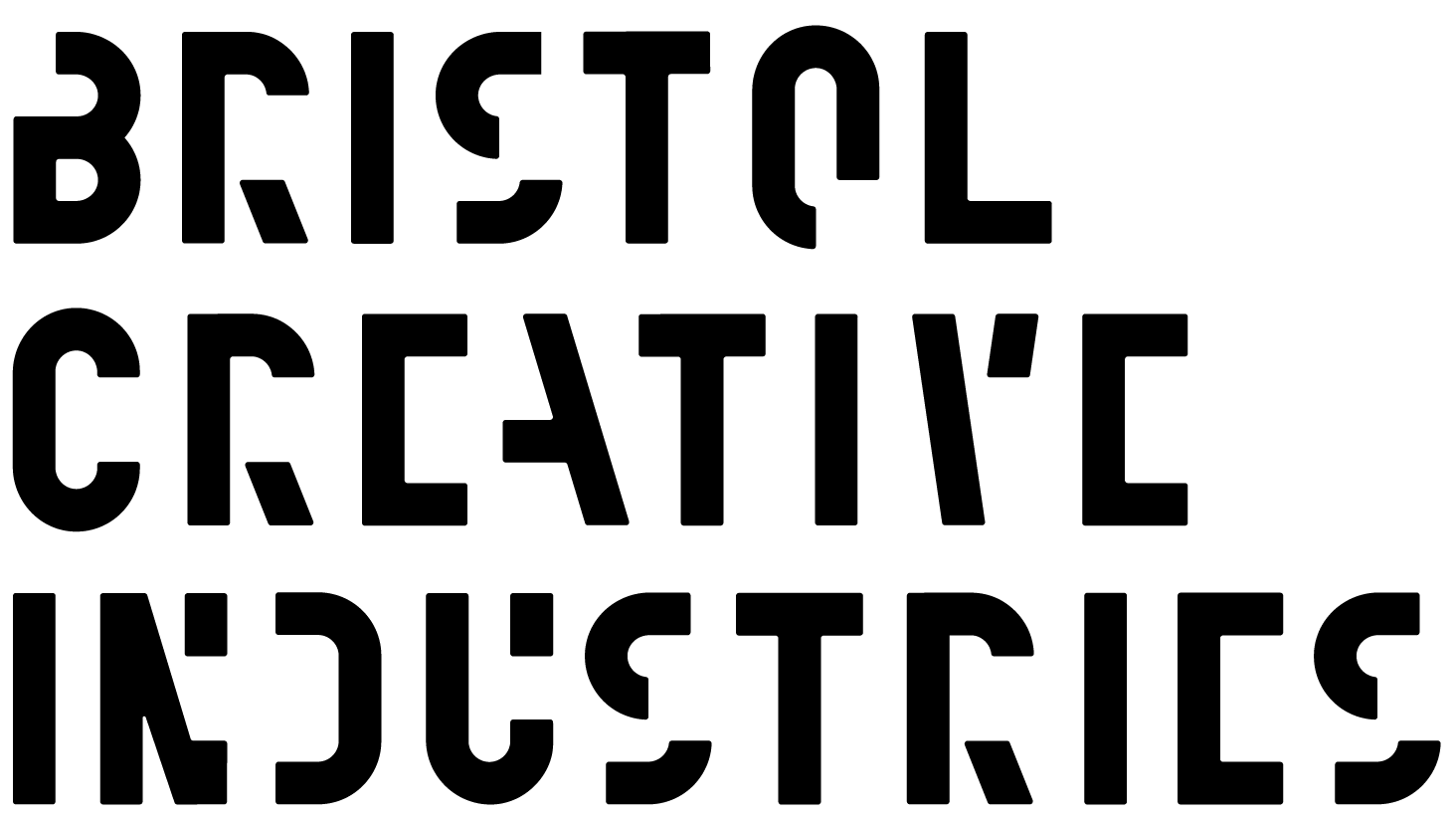One of the hardest parts of perfecting your writing can be editing your own work. It’s common to feel too close to a piece to be able to see what needs to be tweaked.
If that’s you, then try these editing tips.
It’s helpful to think of editing in two sections: big picture and line editing.
Big picture editing covers the content of the piece, the general paragraph structure, the themes, topics and ideas.
Line editing is more about checking for typos, being particular about word choice and thinking about sentence structure.
I would advise always starting with big picture edits as otherwise, you may find you spend a long time perfecting a sentence just to have to cut it when you realise it doesn’t fit into the wider structure.
So let’s start with big picture editing…
Big Picture Edits
Are you starting before the beginning?
The beginning tends to be a good place to start, and it’s surprisingly common that in our first drafts we start in the wrong place. Sometimes we can have a tendency to need to ‘warm up’ when we’re writing and there are usually a few sentences at the beginning of a piece that can actually be cut to get to the point sooner.
First things first, ask yourself if you’ve started at the beginning, or if you’ve done a little too much warming up.
The best way to do this is to read your work aloud. Does it sound dry or monotonous? Are you finding it difficult to read without breaking? Or maybe it feels too rushed? Think about varying your sentence and paragraph lengths.
Line Edits
Show vs tell
Try to avoid telling the reader everything and show them instead. By this I mean avoid phrases like ‘this innovative product’. Show the reader why the product is innovative.
Ask yourself ‘can I say that in a simpler way?’
Writers who lack confidence often feel the need to over-explain themselves, use complicated terms and repeat themselves. When you’re editing your work, always ask ‘can I say that in a simpler way?’ And if the answer is yes, then say that instead.
Cut the cliches, adverbs and adjectives
There’s nothing wrong with any of these things in small doses, but they’re often used as a crutch. If you make solid word choices they should mostly be redundant. You don’t want to become too reliant on overused words and phrases. Cliches can sometimes be effective, but everything in moderation. If you’re using them multiple times in every piece of writing, rethink.
Check for typos and mistakes
We’ve written a whole blog post about catching those pesky typos. Reading your work out loud, reading backwards, printing out your work or changing the font for a read-through are all ways that might help you spot typos. Check out the typo blog post for more detail.




